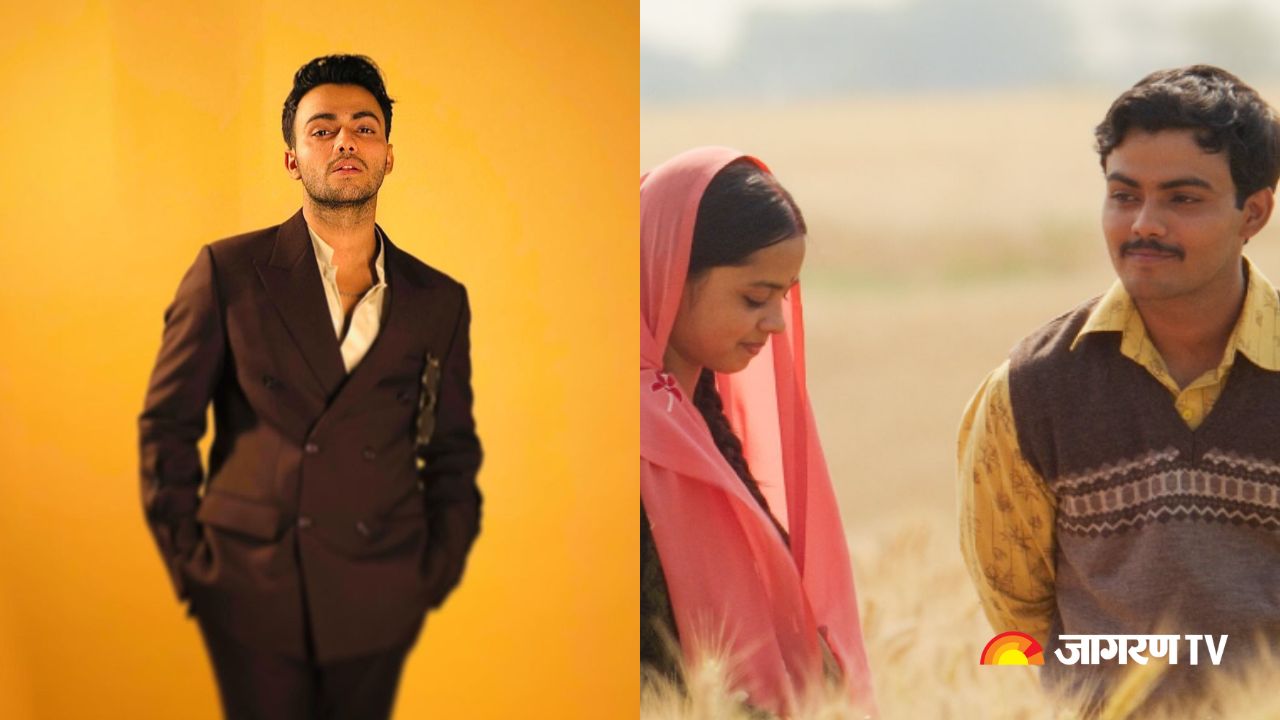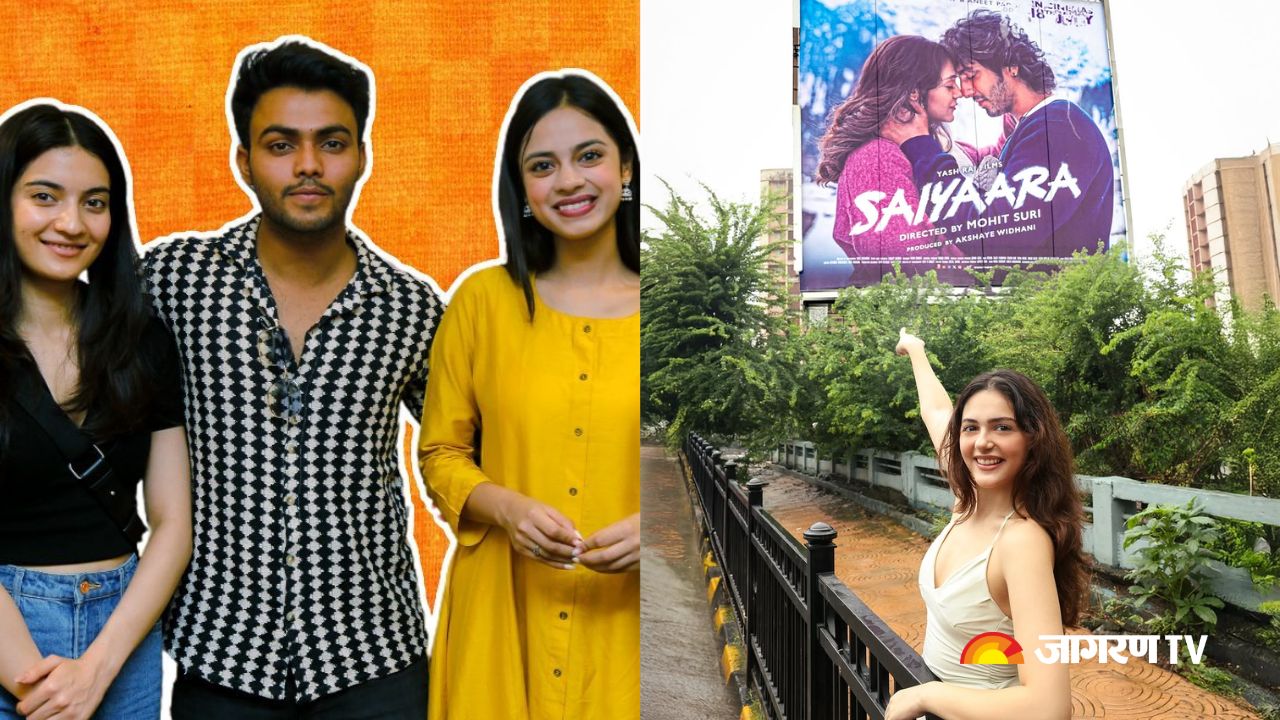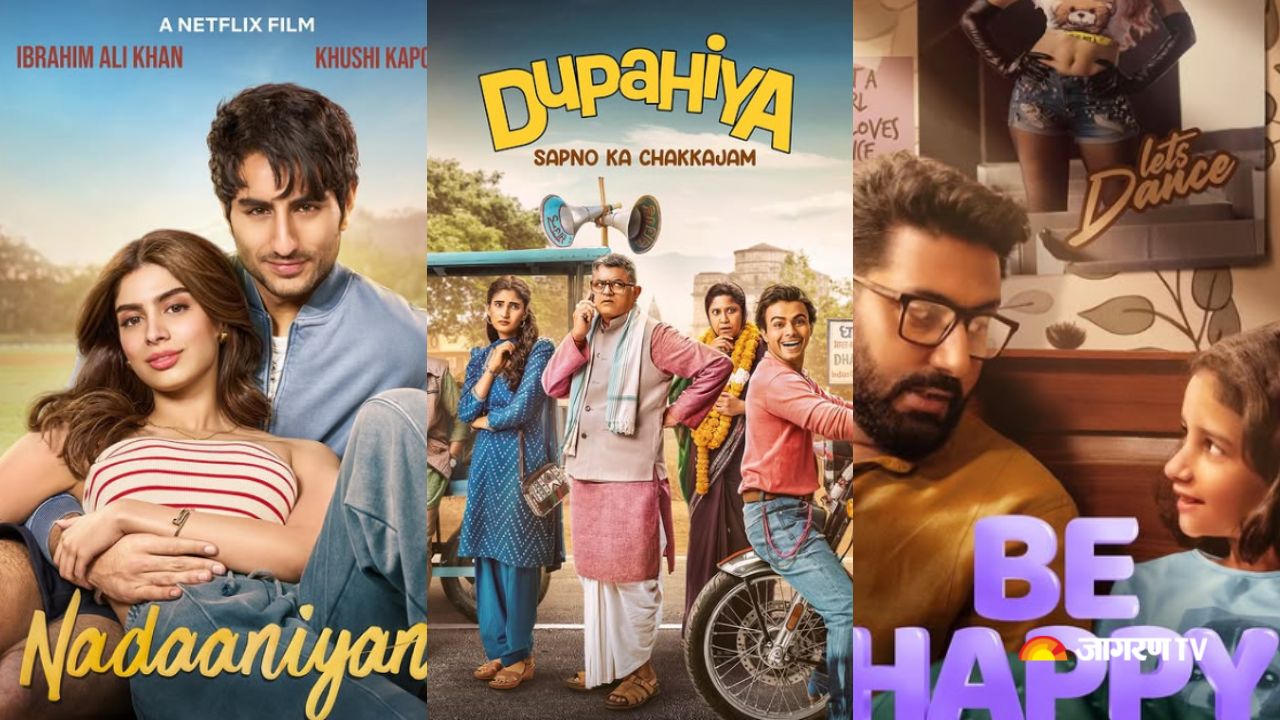Limelight on Sparsh Shrivastava of ‘Laapataa Ladies’, Age, family, acting debut, & journey to landing an Aamir Khan film

Laapataa Ladies on Netflix: ‘Laapataa Ladies’ is making waves after its premiere on Netflix. The entire cast has shown outstandingly with the plot and soundtracks. One name however that has raised the eyebrows of everyone is Sparsh Shrivastava. Taken to be a newcomer in the industry many are unaware that Sparsh has been in showbiz since the age of 11.
View this post on Instagram
Take a look at his journey in his biography
Sparsh Shrivastava Biography
Sparsh was born on 4 July 1999 to Ragini Shrivastava and Dinesh Shrivastava. Hailing from Rajakhera, Rajasthan, Sparsh left the comfort and safety of his home at the tender age of 11 to pursue his dream of becoming a dancer. It just so happened that he stumbled into acting and gained the recognition he has now. But how did that all happen?
Sparsh Shrivastava Acting Career
In 2010, Sparsh participated in a dance reality show ‘Chak Dhoom Dhoom’ after traveling to Mumbai with his mother. Being on the TV show fetched him his first acting opportunity of playing the role of ‘Kundan’ in the popular TV show ‘Ballika Vadhu.’
He was later part of shows including ‘Fear Files’ and ‘Maharaja Ranjit Singh’ in small roles.
Without bagging any big or significant roles, the actor returned to Agra only to come back after a year to land his life-changing role of Sunny on Netflix’s ‘Jamtara: Sabka Number Ayega’. He played a cunning young boy behind the phishing scam in the district.
Before earning recognition as Sunny from Jamtara, Sparsh was a part of the Disney show ‘Shake It Up Mumbai’ where he played the role of Neel. He has also been a part of Sara Ali Khan’s ‘Ae Watan Mere Watan.’
View this post on Instagram
With ‘Laapataa Ladies’ his name catapulted for his effortless acting skills, and the innocence he was able to draw on screen with his eyes.
About ‘Laapataa Ladies’
The movie is backed by Aamir Khan Productions, and released in the theatre on 8 September 2023.
View this post on Instagram
On 26 April 2024, with its Netflix premiere, the global streaming giant multiplied the access to the movie further starting the domino effect where a simple story about two missing ladies wrapped with the societal issues of gender inequality, women’s hierarchical limitations, and seamless seeping of social practices like ‘ghunghat’ further restraining their access to the world became a delightful watch for its light-hearted approach by the director on the issue without trivializing it.









